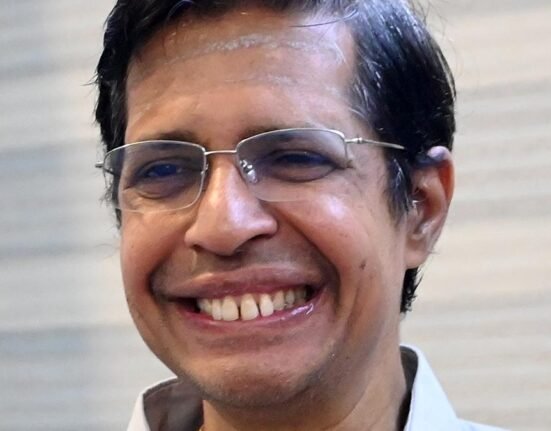Some 86,000 AI Patents were filed in India during 2010-2025, accounting for over 25% of all tech patents filed in the country during this period, said Nasscom on Friday.
The country’s pace of innovation has accelerated dramatically, with the number of AI patents filed between 2021 and 2025 being seven times higher than those filed between 2010 and 2015. Notably, 63% of these AI patents originated in India, while 17% were first filed in the United States.
According to Nasscom data, Machine Learning (ML) remained the most widely used technique within AI patents, comprising over 55% of the total AI filings. Within this, Generative AI (GenAI) is emerging as a major driver of innovation, accounting for 50% of all ML-related patents.
India’s heightened focus on GenAI is particularly notable. While GenAI accounts for just 6% of total AI patents globally, it represents 28% of India’s AI patent filings—positioning the country among the top five globally in this domain. Functional applications such as Computer Vision and Natural Language Processing dominate, contributing to over 90% of India’s AI patent portfolio. Sectorally, transportation leads in AI innovation, accounting for more than 70% of all AI-related filings.
Despite the impressive volume of innovation, India’s AI patent grant ratio stands at just 0.37%—significantly lower than China and the US. While educational institutions are increasingly active in AI patenting, their filing to grant ratio remains low at just 1%, in stark contrast to the 40% grant ratio observed for enterprises. This disparity in patent grants underscores the urgent need to enhance R&D quality, institutional support and focus on building robust, high-quality IP.
Improving India’s patent grant ratio required a stronger focus on patent quality, streamlined IP processes, robust R&D, and a supportive policy framework that enhances protection and enforcement, Nasscom said in its recent Patenting Trends in India report.

Long timelines for patent approvals and quality patents remain key concerns when compared to advanced economies, says Rajesh Nambiar.
| Photo Credit:
K Ragesh
Rajesh Nambiar, President, Nasscom said, “While India has made steady progress in strengthening its intellectual property regime, with increased filings and a more responsive Indian Patent Office, long timelines for patent approvals and quality patents remain key concerns when compared to advanced economies.’‘
Urgent steps were needed to expand this capacity to sustain and accelerate the improvements seen so far, he added.
The apex body further said, India continued to maintain its 5th position in global patent filings, with the nation’s patent-to-GDP ratio increasing 2.6 times— from 144 in 2013 to 381 in 2023 — signaling the growing importance of an innovation-led economy. Growing at an annual rate of 149.4%, the country’s share in total global patents granted increased over 2X to reach 3.8% in 2023 from 1.7% the previous year, it said.
Taking the lead position as a global innovation hub, India saw over 90,000 patents filed in FY24 — marking its seventh consecutive year of growth, Nasscom noted.
This rise, led primarily by resident filers, highlights the country’s expanding domestic innovation capabilities and the growing support from its innovation ecosystem. Interestingly, an all-time high of more than 100,000 patents were granted in FY24, a 3X increase over the previous year, reflecting both the improved efficiency of the Indian Patent Office and the rising quality of applications aligned with global innovation standards, revealed a survey conducted by Nasscom.
In FY24, Indian resident filers accounted for over 55% of total filings, up from 52.3% in FY23, marking a 19% year-on-year increase. Educational institutions and SMEs emerged as key contributors to this growth, reflecting a more inclusive and maturing patent ecosystem. The surge in domestic patent filings—driven by increased participation from educational institutions, SMEs, and startups—signals a strong rise in grassroots-level innovation. This trend underscores the growing impact of India’s IP awareness and support programmes.
ends
Published – April 25, 2025 09:38 pm IST







